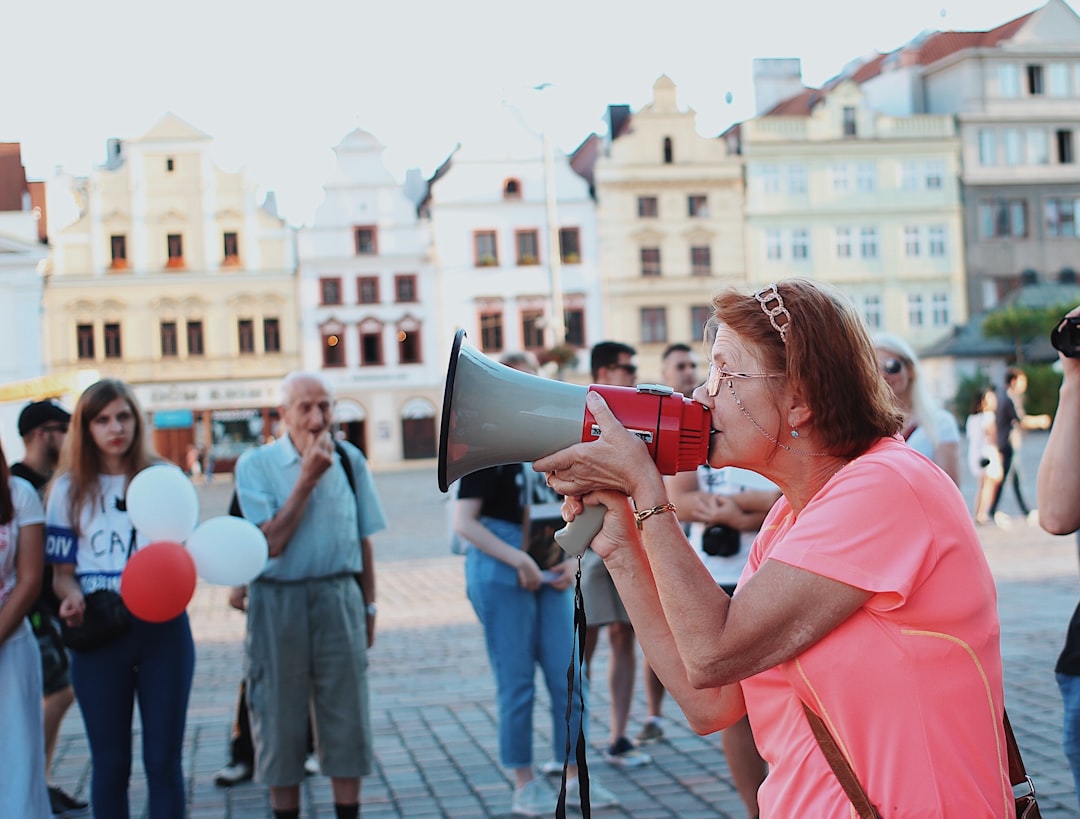What is it about?
We co-designed robot interactions led by autistic input in a school, coupled with teacher perspectives. This work reports on the views, perspectives and opinions of the children and their teachers about what the robot would do and where it would be positioned in the school. By working in collaboration, and listening to our end users, we found that the robot's location was preferred in corridors not classrooms, and to support emotional regulation and well-being, not social skills. This work shines a new and novel perspectives on how social robots might be designed and applied in the future.
Featured Image

Photo by Alex Knight on Unsplash
Why is it important?
This work is important as it places the views of autistic children central to how we co-designed what the robot would do, where it would be positioned, and how the interactions should support emotional well-being. By overlooking autistic input, and frankly ignoring it, work with social robots might not progress in positive ways for this community; who in some ways might be able to benefit.
Perspectives
By working with autistic groups in the way we did allowed me better appreciate and bring under-represented voices to the forefront in this field. For me this is what drives my interest in this research field.
Nigel Newbutt
University of Florida
Read the Original
This page is a summary of: Co-designing a social robot in a special educational needs school, Interaction Studies Social Behaviour and Communication in Biological and Artificial Systems, December 2022, John Benjamins,
DOI: 10.1075/is.21031.new.
You can read the full text:
Contributors
The following have contributed to this page










